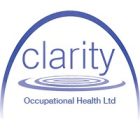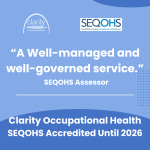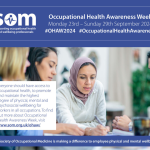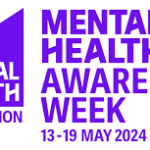Save Time & Cut Costs in Your Occupational Health Programme:
What Is a HAVS Tier 3 Assessment?
The HAVS (Hand-Arm Vibration Syndrome) Tier 3 assessment plays a critical role in the early detection and management of HAVS and vibration-induced Carpal Tunnel Syndrome (vCTS) in employees exposed to hand-held vibrating tools.
Carried out by a HAVS-qualified Occupational Health specialist nurse, the Tier 3 assessment is designed to rule out these conditions. Where this is not possible, the case is escalated to Tier 4 for diagnostic confirmation.
Sensorineural Testing: What’s Included?
This stage involves:
- Touch perception testing – Measures the sensitivity in an individual’s fingers
- Fine finger dexterity testing – Evaluates precise motor skills, coordination, and control
These tests help determine the severity and classification of symptoms, which is essential for workplace health monitoring and legal compliance.

What’s the Big Change?
Traditionally, these tests were conducted during the Tier 3 appointment and often repeated at Tier 4. While they are structured and repeatable, they must be administered accurately to ensure reliable results.
To improve efficiency and reduce delays, Clarity has expanded the delivery of sensorineural testing by formally training our Occupational Health Technicians (OHTs).
✅ What This Means:
- OHTs are now competency-trained to carry out these tests accurately and consistently
- OH Advisors and Physicians can conduct remote Tier 3 assessments using results gathered on-site
- No need to repeat sensorineural tests later when they are done correctly at Tier 2
Importantly, this change does not compromise quality or diagnostic accuracy — every test is delivered under a governed clinical framework, with interpretation always carried out by qualified professionals.

Benefits for Employers and Safety Managers
This update delivers real value to employers managing vibration-exposed workforces:
- Faster results – Eliminates bottlenecks between Tier 2 and 3
- Lower costs – Avoids duplication of testing at Tier 4
- Remote capability – Greater flexibility and geographic reach
- Minimal disruption – Employees spend less time off-site
This is particularly beneficial for construction, manufacturing, utilities, and grounds maintenance, where occupational health testing must be both timely and reliable.
Important Note: Timing Is Key
For the pathway to be effective:
- Tier 1 or 2, Tier 3, and Tier 4 assessments should occur within a short time frame
- Significant gaps between assessments may require repeat testing to ensure accurate grading
To avoid this, we recommend scheduling HAVS assessments strategically — especially when symptoms are first reported or flagged during annual screening.







